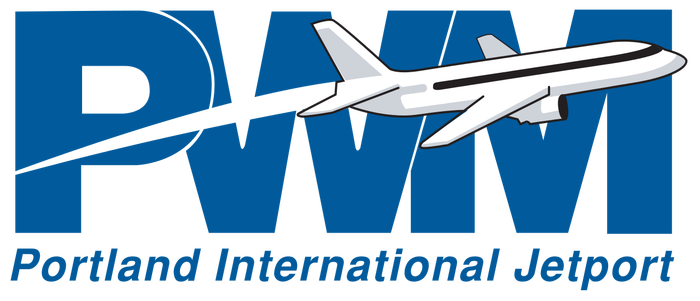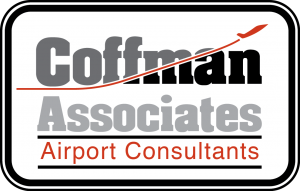A master plan provides an evaluation of an airport's aviation demand and an overview of the systematic development that will best meet those demands. The master plan establishes development objectives for a 20-year planning period that details the rationale for various study elements. It also serves as a strategic tool for establishing airport improvement priorities and justifying the need for federal and state funding assistance.
We specialize in the preparation of airport master plans for both primary commercial service and general aviation airports. During the master planning process, our planners and staff consider themselves an extension of the airport's staff, providing a wide range of services assisting with any demands placed on airport employees.
Our experience developing airport master plans across the United States, which apply sustainability criteria to the recommended development concept, helps the airport choose alternatives that are right for the airport, the environment, and the community in which the airport operates.
RECENT AIRPORT MASTER PLANS

Since 1993, Coffman Associates has served Albuquerque International Sunport in their planning needs. As a primary commercial service airport, the Sunport is a critical hub for air travel in the southwestern United States, with approximately 2.5 million passenger enplanements occurring in 2015. We have performed a variety of planning services during our 25-year relationship with the Sunport, including master plans, environmental assessments, a wildlife hazard assessment, support studies, and an eALP – the second ever approved by the FAA.
Project History
FIS Planning 2019 | Runway Safety Risk Management 2019 | Sustainable Master Plan 2014 | Environmental Assessment 2012 | eALP 2012 | Area Support Plan 2011 | Wildlife Hazard Assessment 2011 | Master Plan 2003 | Environmental Assessment 1994 | Master Plan 1994

Coffman Associates has been a planning partner to Portland International Jetport since 1994. The Jetport’s location adjacent to numerous wetlands and historic neighborhoods required special attention to preserving the unique aspects of these features, and community outreach has played an important role in finalizing plans and securing approval. Coffman Associates was involved in the Jetport’s Sustainable Master Plan, completed in 2016, which was designed to guide future airport development while achieving the Jetport’s sustainability goals. Special attention was given to greenhouse gas emissions, energy conservation, waste management and recycling, social responsibility, and governance.
Project History
Sustainable Master Plan & eALP 2018 | Environmental Assessment 2017, 2010, 2003, 2001 | Master Plan 2008, 1994, 1986 | Digital Inspection App 2017 | Terminal Area Study 2007 | Catch Basin Mapping - 2017 | RSA Analysis 1995 | Parcel Development Study 1999 | CatEx 2004

Located just minutes south of Grand Canyon National Park, Grand Canyon National Park Airport serves as a gateway for visitors exploring the park and surrounding area. The airport experiences a significant level of enplanements from air tour operators, so much of our planning efforts have focused on terminal expansion and development to accommodate growing demand. Sustainability has also featured prominently in recent studies, as the airport has sought to reduce water and resource consumption.
Project History
Master Plan 2018 | Terminal Plan 2010 | Terminal Area Plan 2010 | ALP/Terminal Area Plan Update 1998 | Master Plan/Environmental Assessment 1993
